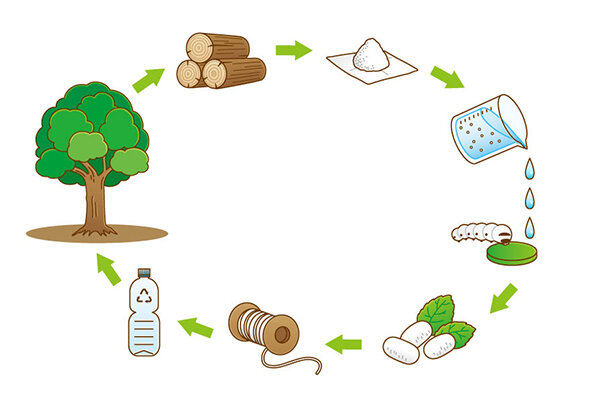Changing the silkworms diet to spin stronger silk
Date: 26.2.2021
Tohoku University researchers have produced cellulose nanofiber (CNF) synthesized silk naturally through a simple tweak to silkworms' diet. Mixing CNF with commercially available food and feeding the silkworms resulted in a stronger and more tensile silk.
 Silk is usually associated with clothes. But its usage is incredibly diverse thanks to its strength and elastic properties. Its biocompatibility makes it even safe to use inside the human body.
Silk is usually associated with clothes. But its usage is incredibly diverse thanks to its strength and elastic properties. Its biocompatibility makes it even safe to use inside the human body.
Because of this, researchers have been investigating ways to further strengthen silk. Processes investigated thus far, however, require the use of toxic chemicals that are harmful to humans and the environment.
Cellulose nanofibers – plant derived fibers that have been refined to the micro-level – show promise in synthesizing low-cost, lightweight, high strength, and sustainable nanocomposites such as silk.
However, previous CNF based synthesized materials have demonstrated few mechanical improvements even with the benefit of expensive equipment due to the lack of nanofibril alignment.
In contrast, silkworms produce silk in a flow-focused method. Silk is dispersed via their salivary glands, orientating the fibrils along the flow direction and thus enabling better nanofibril alignment.























